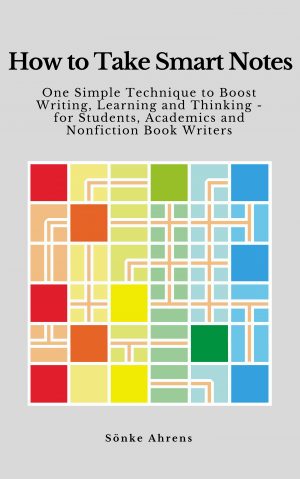I’ve always found writing to be an impossibly hard thing to do. So, for the last few years I’ve been trying to learn and practice it more often.
I’ve also always felt like I have thoughts that I never really know how to express. I’m amazed when other people are able to say the things that I am thinking more clearly than the way I’ve been thinking them. I see that people who’ve studied at good universities, or are generally smarter than me are just able to do this. When I discovered this book — How to take Smart Notes by Sönke Ahrens — I didn’t expect it would have anything to do with this, but it ended up giving me an insight into the learning and writing process of academics.
The book describes an external system for reading, thinking, and writing. It argues that moving things into an external system enables learning and frees up our brains. By putting things in an external system, we give our brains permission to forget and focus instead on thinking.
The gist of the system is:
- While reading, make notes using your own words. Only when we’ve actually understood the material can we express it in our own words
- Link these notes with other notes that could be related — this helps uncover patterns. Forming these connections also helps our memory, and recall becomes easier in the correct context
Continue reading “How to Take Smart Notes”
